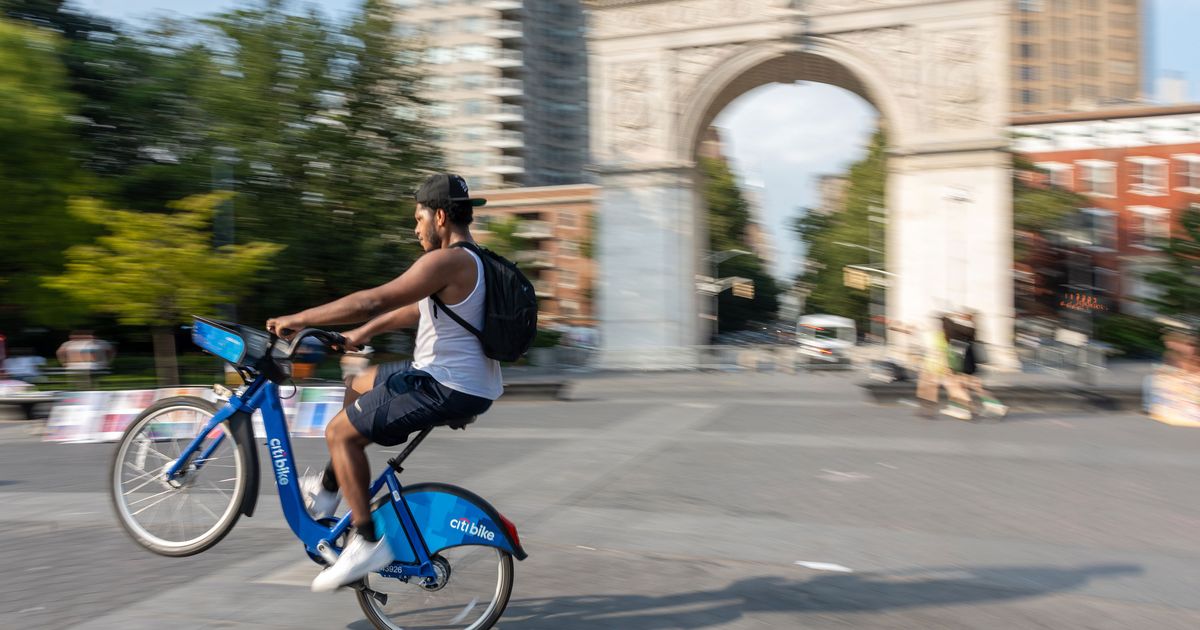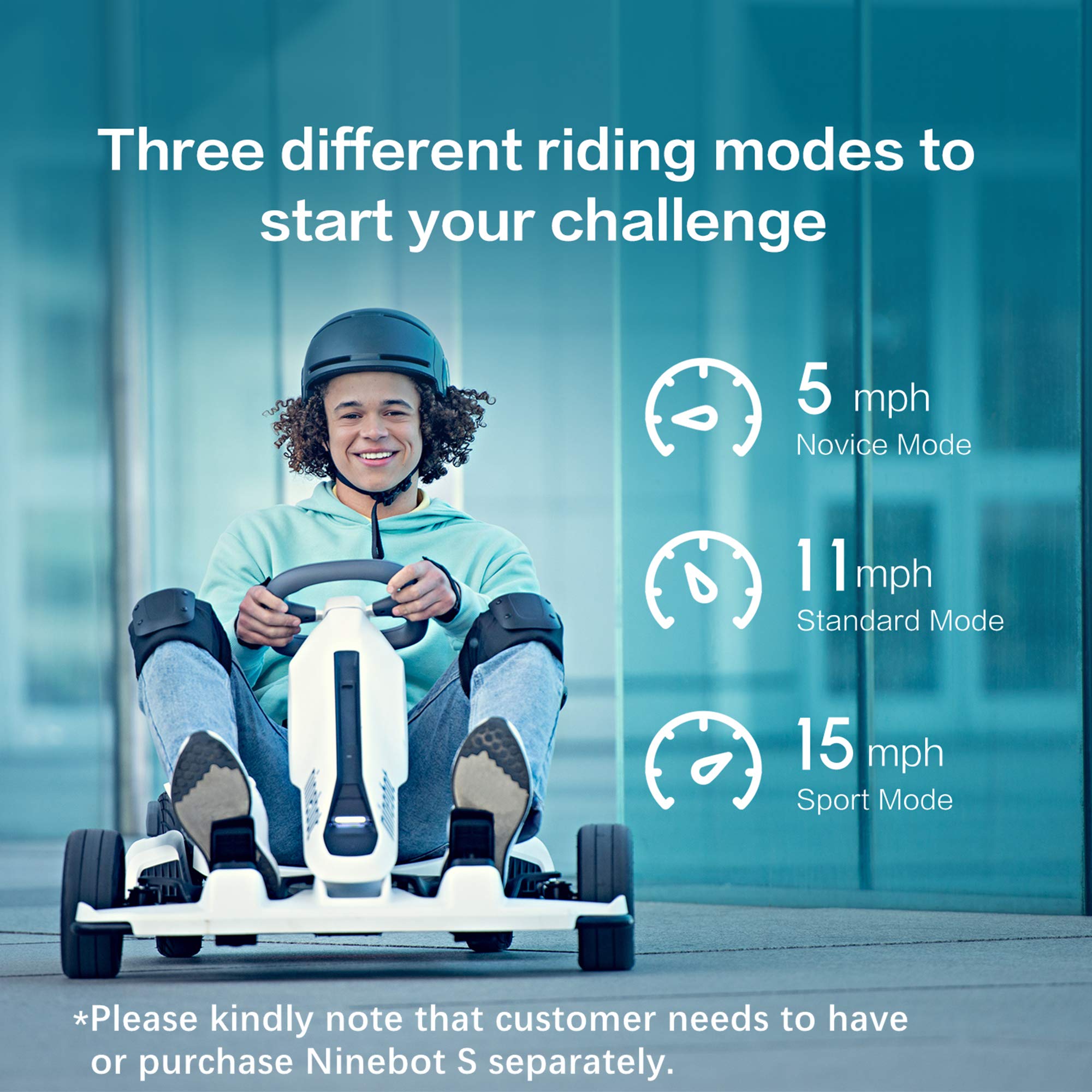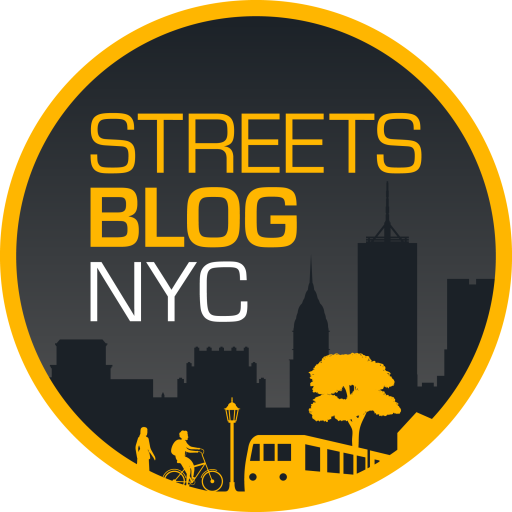- Jan 14, 2013
- 25,824
- 24,154
- 136
Ten years ago in this car-centric country, Citibike was launched. In too many places the car is king and Americans ignore alternative modes of transit like mass transit and bicycles. it's time to move forward and Citibike has been a big part of that around here. This is a great article with fantastic quotes about the history and success of Citibike. A program whose main issue is not being able to expand and provide service fast enough because of how popular and essential it has become. After a nice ride around Manhattan today, it's just amazing how efficient a bike ride is in many areas. Although I had to deal with more idiot drivers today than usual, overall riding in the area has been one of the best things I've done in the last decade plus.
I have seen young women in dresses and nice shoes on Citibikes pedaling to go out on a weekend evening, people in suits, people in flip flops, workers, old people, young people, people from every walk of life. Everybody uses it. I have seen the bike infrastructure grow exponentially and it is pretty amazing to behold. But still there are many communities that are totally not served or underserved by these types of systems. Always poorer and more minority areas, so still a long way to go but there is progress every day.
Here's to Citibike and to other cities and areas finding alternative means of transportation to reduce the insane total reliance on cars that is pervasive in many areas where it does not have to be.

 www.curbed.com
www.curbed.com
Kate Fillin-Yeh: The media coverage was predicting a huge fight. But NYC DOT launched the most intensive community-engagement process the city had ever seen: public demonstrations, public meetings, big hands-on workshops where people could look at the maps and tell us where stations would work in their neighborhoods. I remember the first of those workshops: lots of reporters everywhere. The doors open and people start to walk in and sit down and talk; they’re putting stickers down on the map where they’d like to have a bike dock. It just flowed. No fights. We looked at the headlines the next day and one from WNYC was “Calm Reigns at First Planning Meeting.”
Janette Sadik-Khan: There are now 1,500 miles of bike lanes. 400,000 people ride a bike in New York City daily, triple the number of vehicles that use the BQE.
Jon Orcutt, former NYC DOT policy director: We released the request for proposals for a 10,000-bike system just before Thanksgiving 2010. That was in the depths of New York’s “bike-lash,” when the tabloids would inflate any complaint or misinformation about bike lanes into a story. That we went forward at scale in that moment is a huge testament to the leadership of both Janette Sadik-Khan and Mayor Bloomberg.
Janette Sadik-Khan: Virtually every fear was unfounded. People took to Citi Bike like it was something that had been a part of the city forever. It was four years before a tragic death occurred on the system, the first in 43 million trips.
Alex Engel, former NYC DOT community coordinator: Citi Bike really opened eyes up as to how bikes can be a means of transportation, not just recreation. I think it’s safe to say that Citi Bike built a lot of political support for more bike lanes, more bike routes, and drove a lot of demand for higher-quality infrastructure.
Doug Gordon: I remember at one point docking a bike on Carmine Street in the West Village when I noticed a couple struggling to take a bike out — you used to need to lift the seat and pull to release a bike, a movement that wasn’t all that intuitive. It was the actor Hugh Jackman and his wife, Deborra Lee-Furness. I offered to help; I can still hear Hugh saying, “Thanks, mate” in his Australian accent. Only in New York, kids, only in New York.
Kate Fillin-Yeh: I don’t think I expected just how much a part of New York City daily life Citi Bike would become: a little kid learning to ride with their parent following on a Citi Bike; a lady in a nice suit and heels biking down Broadway; a construction guy heading home.
I have seen young women in dresses and nice shoes on Citibikes pedaling to go out on a weekend evening, people in suits, people in flip flops, workers, old people, young people, people from every walk of life. Everybody uses it. I have seen the bike infrastructure grow exponentially and it is pretty amazing to behold. But still there are many communities that are totally not served or underserved by these types of systems. Always poorer and more minority areas, so still a long way to go but there is progress every day.
Here's to Citibike and to other cities and areas finding alternative means of transportation to reduce the insane total reliance on cars that is pervasive in many areas where it does not have to be.

‘We Were Riding in a City That Simply Hadn’t Existed Just a Few Years Earlier’
Reflecting on a decade of Citi Bike with a dozen New Yorkers who made it happen.
Kate Fillin-Yeh: The media coverage was predicting a huge fight. But NYC DOT launched the most intensive community-engagement process the city had ever seen: public demonstrations, public meetings, big hands-on workshops where people could look at the maps and tell us where stations would work in their neighborhoods. I remember the first of those workshops: lots of reporters everywhere. The doors open and people start to walk in and sit down and talk; they’re putting stickers down on the map where they’d like to have a bike dock. It just flowed. No fights. We looked at the headlines the next day and one from WNYC was “Calm Reigns at First Planning Meeting.”
Janette Sadik-Khan: There are now 1,500 miles of bike lanes. 400,000 people ride a bike in New York City daily, triple the number of vehicles that use the BQE.
Jon Orcutt, former NYC DOT policy director: We released the request for proposals for a 10,000-bike system just before Thanksgiving 2010. That was in the depths of New York’s “bike-lash,” when the tabloids would inflate any complaint or misinformation about bike lanes into a story. That we went forward at scale in that moment is a huge testament to the leadership of both Janette Sadik-Khan and Mayor Bloomberg.
Janette Sadik-Khan: Virtually every fear was unfounded. People took to Citi Bike like it was something that had been a part of the city forever. It was four years before a tragic death occurred on the system, the first in 43 million trips.
Alex Engel, former NYC DOT community coordinator: Citi Bike really opened eyes up as to how bikes can be a means of transportation, not just recreation. I think it’s safe to say that Citi Bike built a lot of political support for more bike lanes, more bike routes, and drove a lot of demand for higher-quality infrastructure.
Doug Gordon: I remember at one point docking a bike on Carmine Street in the West Village when I noticed a couple struggling to take a bike out — you used to need to lift the seat and pull to release a bike, a movement that wasn’t all that intuitive. It was the actor Hugh Jackman and his wife, Deborra Lee-Furness. I offered to help; I can still hear Hugh saying, “Thanks, mate” in his Australian accent. Only in New York, kids, only in New York.
Kate Fillin-Yeh: I don’t think I expected just how much a part of New York City daily life Citi Bike would become: a little kid learning to ride with their parent following on a Citi Bike; a lady in a nice suit and heels biking down Broadway; a construction guy heading home.







